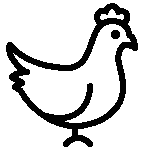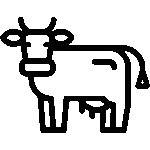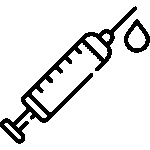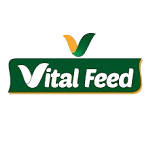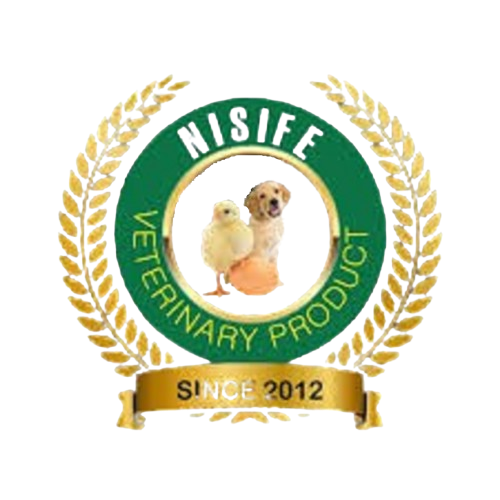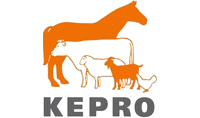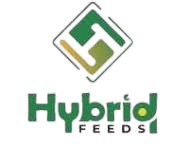Blog
Best Practices for Cattle Rearing in Nigeria
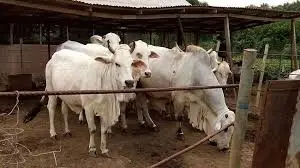
Cattle rearing has been an age-old tradition in Nigeria, contributing significantly to the economy, food supply, and livelihoods of millions. Beyond being a source of beef and milk, cattle also provide hides, manure for crop farming, and even cultural value in many communities. However, like any business, success in cattle farming depends on adopting proven best practices that ensure healthy animals, higher yields, and sustainable profits.
1. Choose the Right Breed for Your Purpose
Nigeria has several cattle breeds, each with unique strengths. The White Fulani is widely reared for beef, the Red Bororo is hardy and well-suited for long treks, and the Sokoto Gudali is excellent for milk production. Exotic dairy breeds like Friesian and Jersey can produce more milk but require better housing and feeding. Before buying, determine your goal — beef, milk, or dual-purpose — and select breeds that thrive in your environment.
2. Provide Adequate Housing and Shelter
Although many cattle roam freely in open grazing systems, modern farming benefits from providing shelter, especially for dairy cows and calves. A good cattle shed protects them from extreme heat, heavy rains, and cold nights. The shelter should have enough space for free movement, dry flooring to prevent hoof diseases, and proper ventilation to reduce heat stress.
3. Nutrition is Everything
Cattle require a balanced diet to grow well, produce quality milk, and stay healthy. Beyond grazing on pasture, supplement with silage, hay, legumes, and concentrates rich in protein, energy, and minerals. During the dry season when grass is scarce, feed storage becomes vital — preserving hay or silage in advance prevents weight loss and production drops. Also, provide constant access to clean water; an adult cow can drink 30–50 liters daily.
4. Health Management and Vaccination
A healthy herd is the backbone of profitable cattle farming. Follow a regular vaccination schedule against diseases such as anthrax, blackleg, contagious bovine pleuropneumonia (CBPP), and foot-and-mouth disease. Deworm regularly to control internal parasites and spray or dip cattle to prevent ticks and other external pests. Early detection of illness is crucial — loss of appetite, drooping ears, or unusual behavior are red flags.
5. Breeding for Productivity
Good breeding practices improve herd quality over time. Avoid random mating; instead, select bulls and cows with desirable traits such as high milk yield, rapid weight gain, or disease resistance. Artificial insemination is becoming more popular among Nigerian farmers, as it allows access to superior genetics without keeping multiple bulls.
6. Record Keeping and Financial Planning
Keep detailed records of births, breeding dates, vaccination history, milk yields, and sales. These records help track progress, identify problems early, and plan for expansion. Remember, cattle rearing is not just an agricultural activity — it’s a business, and good financial management is key to growth.
7. Sustainable and Modern Practices
With land pressure and climate change affecting grazing areas, it’s important to adopt sustainable practices. Rotational grazing, pasture improvement, and feedlot fattening can increase productivity while reducing environmental impact. Integrating cattle with crop farming — where manure is used to fertilize fields — creates a balanced, profitable farm system.
Cattle rearing in Nigeria can be more than just tradition — it can be a thriving business that feeds the nation and sustains families. By choosing the right breeds, providing proper care, and running operations like a business, farmers can transform their herds into a reliable source of wealth and pride. The future of cattle farming belongs to those who blend experience with innovation.



